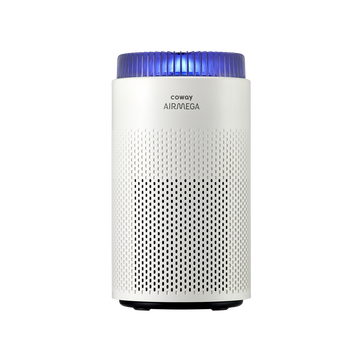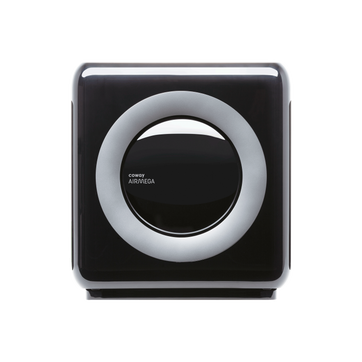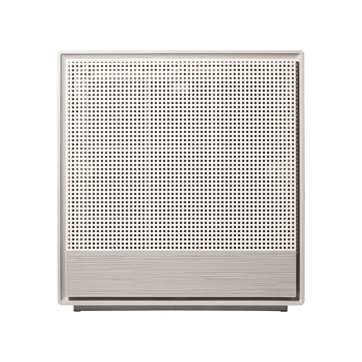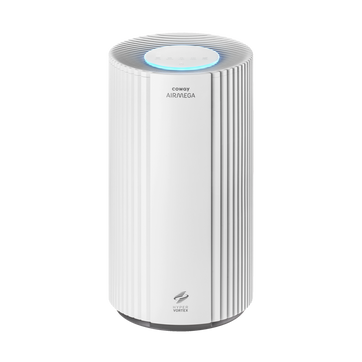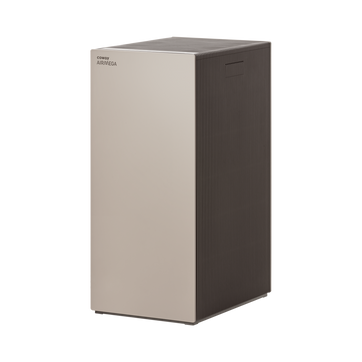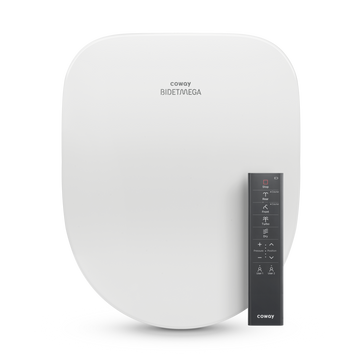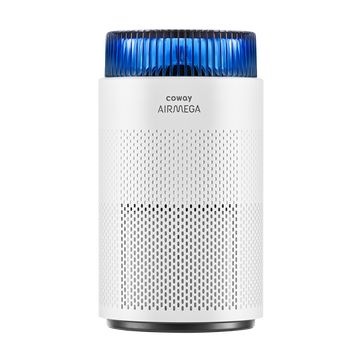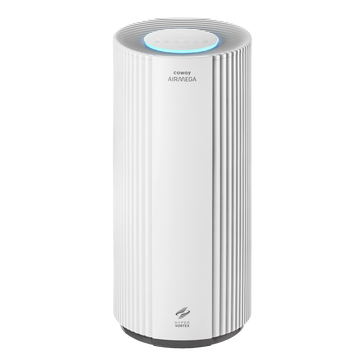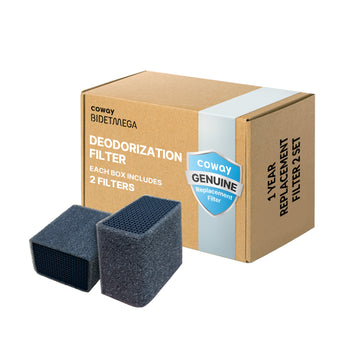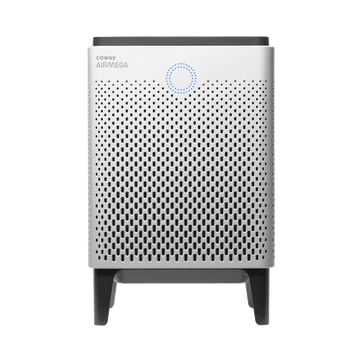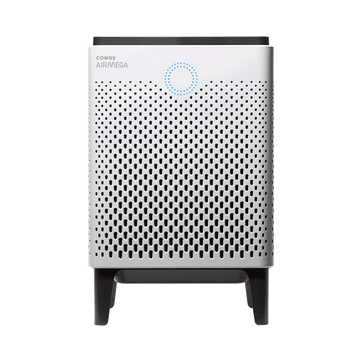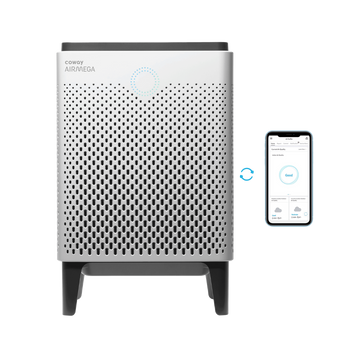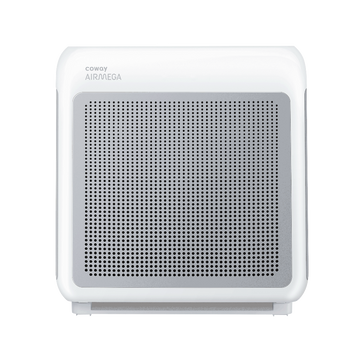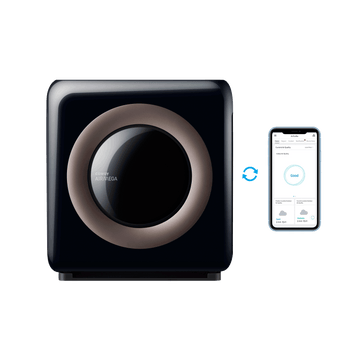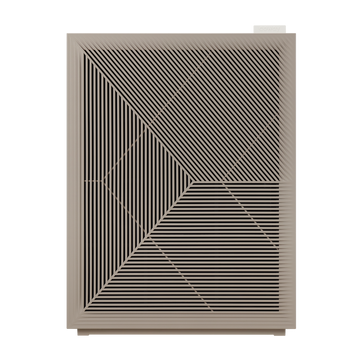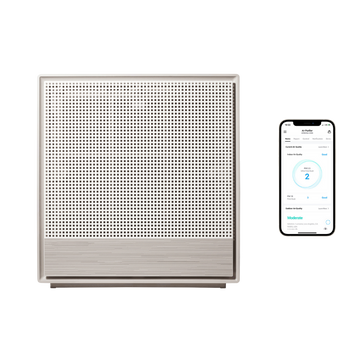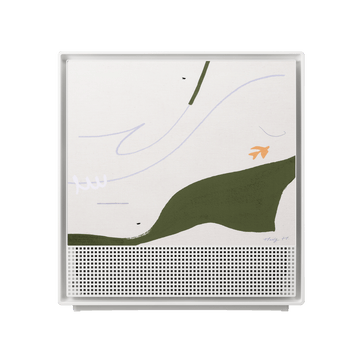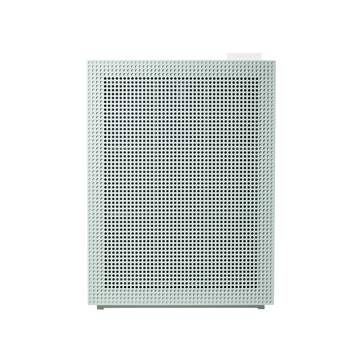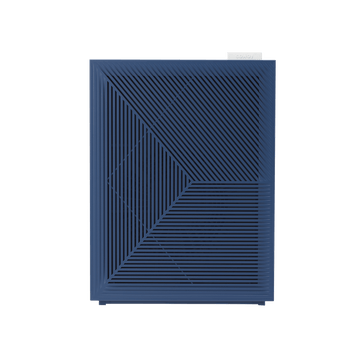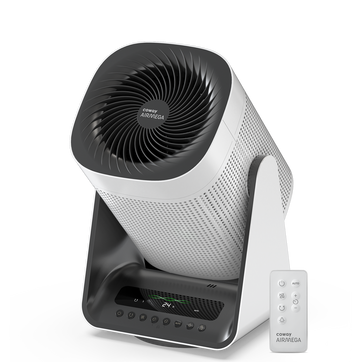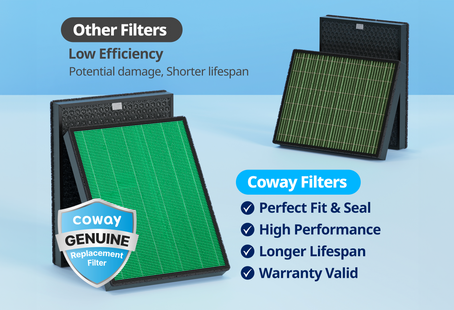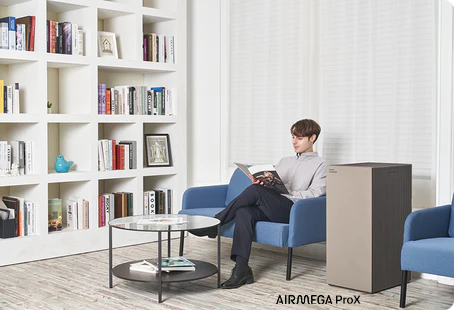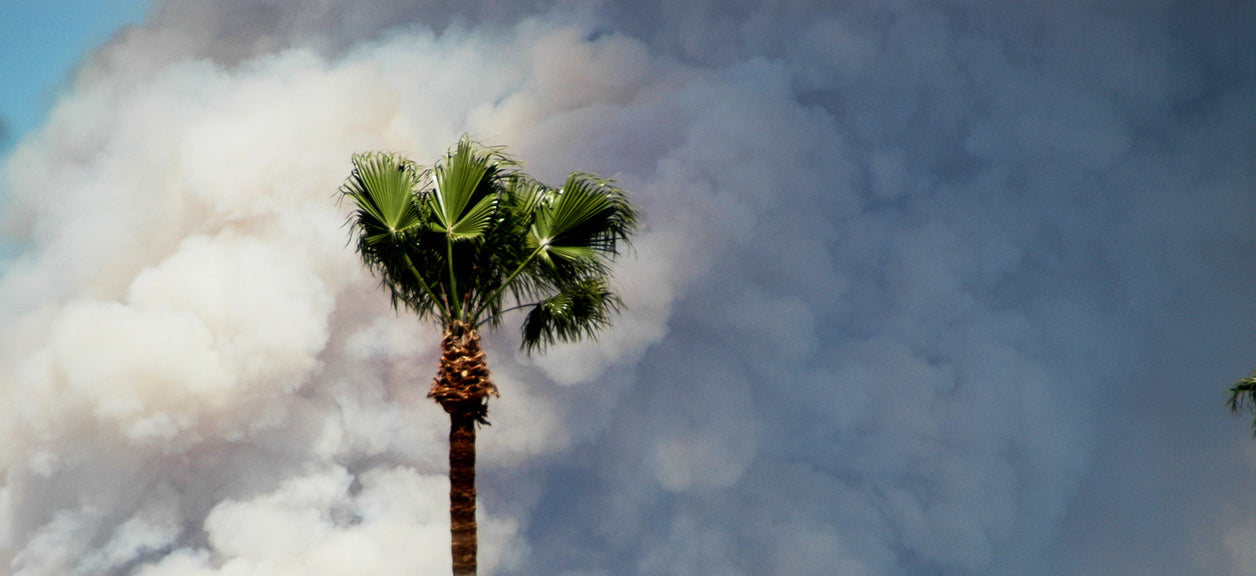
How to Protect Yourself From Wildfire Smoke
The Woolsey and Camp California wildfires have devastated massive parts of California and ravaged communities in those regions. One byproduct has been heavy wildfire smoke enveloping many areas, creating severe air pollution levels with serious health effects. That’s because the thick smoke fills the air with harmful particles, causing everything from coughing to long-term health conditions, such as lung and cardiac diseases.
If you live in or near the affected area, it’s difficult to protect yourself and your family completely from this pollution, but there are steps you can take to minimize the harmful effects.
Cut down on your exposure
First of all, if you must be outside, reduce strenuous exercise. Best is to stay indoors with the doors and windows closed: By doing so, you can reduce indoor pollutant levels by 50 percent. Keep your car windows shut, too. You can run an air conditioner, but close down the outside air intake to prevent outdoor smoke from getting inside.
Also, avoid activities that can increase indoor air pollution. For example, if you’re cleaning your home, don’t use items likely to introduce extra chemicals into the air, like aerosol cleaning products. And avoid burning candles, using gas stoves, and vacuuming.
Choose a mask carefully
A scarf or bandanna won’t filter out many pollutants. Probably no surprise there. But neither will dust masks designed to trap large particles, such as sawdust.
More effective are respirator masks. Sold at many hardware and home repair stores, as well as pharmacies, they filter out fine particles. Look for masks labeled N95 or N100, which denotes, among other things, the percentage of particles that are blocked.
Choose a size that will fit over your nose and under your chin and create a tight seal over your face. At the same time, be aware there can be risks to wearing a mask, partly because they can make it difficult for wearers to get enough oxygen.
Use an air purifier
Air purifiers with a HEPA filter, like Coway Airmega’s smart air purifier, help to eliminate certain particulate matter and other pollutants from your home. It’s best to place the device in rooms where you spent a lot of time, like the bedroom or kitchen, to reduce the total amount of harmful air you inhale.
Monitor air quality and stay informed
Stay updated on local air quality reports and advisories. Many smartphone apps and websites provide real-time air quality information. When pollution levels are high, limit outdoor activities and take extra precautions indoors.
Create a clean air room
Designate one room in your home as a clean air room. Seal off any gaps around windows and doors with weatherstripping or tape. Use a portable air purifier in this room to further improve air quality. This can be especially helpful for those with respiratory conditions or during periods of extremely poor air quality.
Stay hydrated and maintain a healthy diet
Drinking plenty of water can help your body flush out toxins. Eating foods rich in antioxidants, such as fruits and vegetables, may help combat the oxidative stress caused by air pollution.
Consider long-term solutions
If you live in an area prone to wildfires, consider long-term home improvements. This could include installing a whole-house air filtration system or upgrading your HVAC system to include better filtration capabilities.
Support community efforts
Get involved in local initiatives aimed at improving air quality and preventing wildfires. This could include supporting reforestation efforts, advocating for better fire management policies, or participating in community preparedness programs.
By taking these steps, you can significantly reduce your exposure to harmful pollutants during wildfire events and protect your health and that of your family. Remember, while these measures can help, it's always best to follow the advice of local health officials during severe air quality events.
Disclaimers
1Coway air purifiers have been proven to trap dust, pollen, dander, viruses and bacteria in the air based on KCL (Korea Conformity Laboratories) testing.They have been tested in a 30㎥ size chamber according to the Korea Air Cleaning Association standard (SPS-KACA 002-132:2022 Modified) to measure the 0.01㎛ size of particle removal rate. It was tested on maximum airflow speed in normal room temperature and humidity conditions. The performance may vary in the actual living environment of customers.
→ Tested with Airmega Aim, 50, 100, 150, 160, Tower AP-1216L, Mighty AP-1512HH, MightyS AP-1512HHS, 200M, Icon, IconS, 230, 240, 250, 250 Art, 250S, 300, 300S, 350, 400, 400S, 450, ProX
299.97% of viruses, bacteria, fungi and pollen were verified to be removed from the air for Coway air purifiers which have Green True HEPA™ filter applied based on the Japan Food Research Laboratories(JFRL) testing according to JEM 1467 standard.
→ Tested with Coway Airmega Mighty AP-1512HH, MightyS AP-1512HHS, 250, 250 Art, 250S, 300, 300S, 400, 400S
→ All tested by JFRL and received above result within below time.
4The concentration of ammonia, acetaldehyde and acetic acid were proven to be removed within 30 minutes by FCG Research Institute, Inc. Human Life Science Lab. It is not a demonstration result in the actual use space. Not all odors and gases may be supported. → Tested with Coway Airmega 150, 160, Mighty AP-1512HH, MightyS AP-1512HHS, 400, 400S
5The coverage area of the air purifier is based on an area where the air cleaner can make two air changes per hour (ACPH). An air change per hour translates to how many times an air purifier can clean an area, assuming the height of a ceiling to be 8 ft, in one hour. Therefore ** means two air changes per hour means that the cleaner can clean the area once every 30 minutes and * means air changes per hour means that the air purifier can clean the area once every 60 minutes.
10Terms and conditions apply. Discounts, including promotions, coupons, bundle discount and subscription discount, cannot be stacked on top of other coupons. During promotional periods, discount codes will not be able to be applied to orders. Promo codes may apply to products only—filters, accessories, and new products within 3 months of the release date are not included.
11Based on Coway R&D internal laboratory testing, activated carbon filtration was shown to remove up to 95% of ammonia odors within 40 minutes, and up to 99% of fecal odors within 20 minutes. Actual performance may vary depending on usage conditions.
